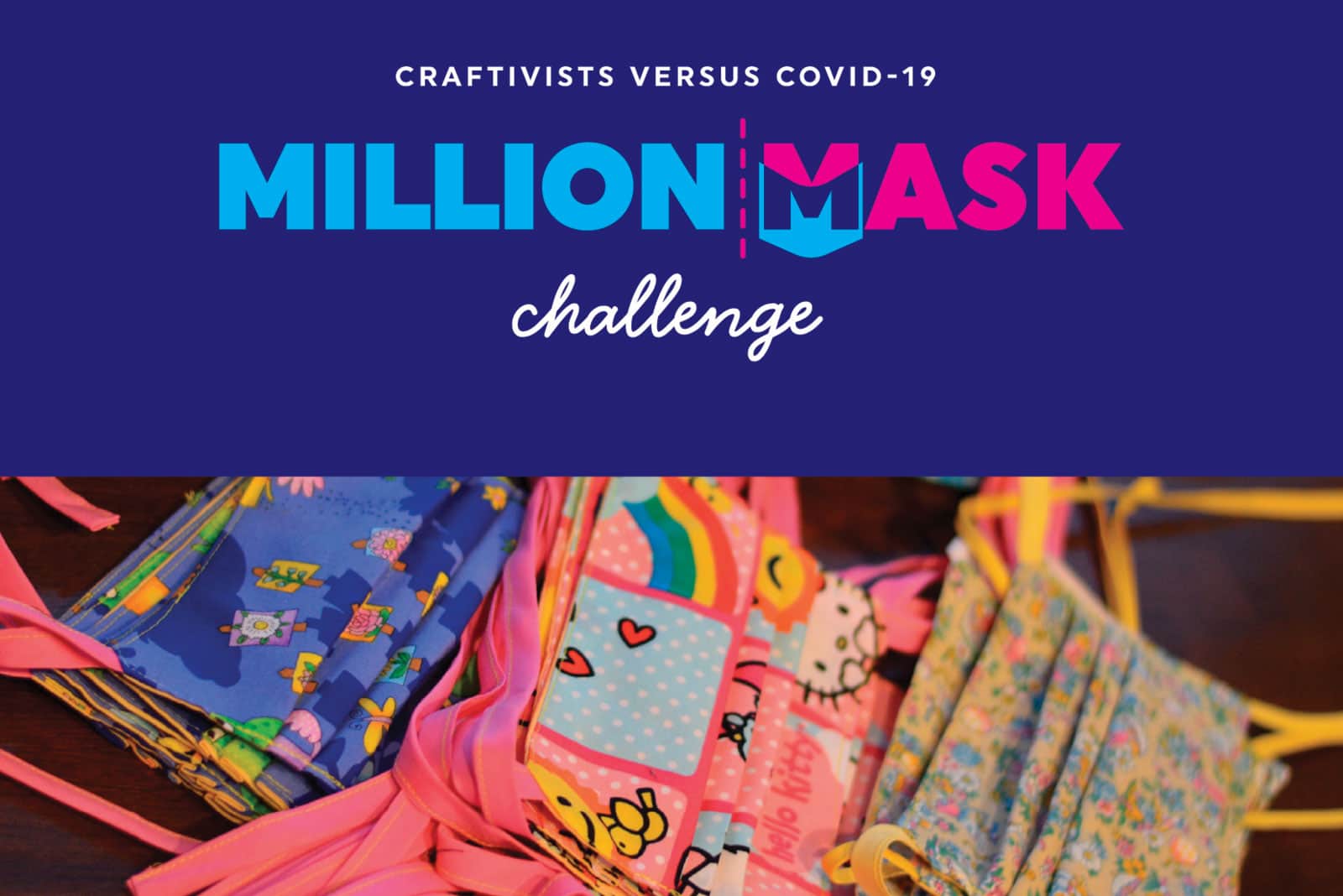The Hobbit and The Modern Theater Experience
By Carlo Simone
For almost the past century, movies have been shot at the same speed; 24 frames per second. That framerate has embedded itself in our culture as being equal to cinema. On television, you will see the frame rates go up to 30 and 60. Usually that indicates you are watching football or some other live event. Therefore, that smoothness and attempt at capturing reality is synonymous in our brain with television and live events. But who says it has to be that way? Peter Jackson is betting that higher frame rates can find their way into cinema as well and he’s put all his chips on the table for his latest trilogy in Middle Earth. So how does The Hobbit look in a higher frame rate? I saw it both in 24 fps and 48 fps to pull together and opinion and here’s what I found.
Indoor scenes
The biggest problem everyone is having with The Hobbit in 48 fps concerns the indoor scenes between live actors. It isn’t so much that it’s something you haven’t seen before. Rather, the problem is that it is exactly like something you’ve seen before; that being a play or opera that’s been recorded rather than a movie. Is that actually a problem? It’s difficult to say if it is for a mass audience but it certainly doesn’t feel cinematic. My guess is that it would take a generation of higher frame rate movies for people to feel comfortable with it entirely. I’m not sure how likely that is at this stage, given the negative reaction to The Hobbit’s high frame rate presentation.
Outdoor scenes
Here’s where things perk up considerably. A lot of the outdoor scenes that include big camera moves across nature and outdoor sets look pretty great and they still feel cinematic. A lot of people have mentioned that it feels like a nature documentary but I don’t agree with that since most nature docs are still shot in 24fps. I actually felt that the added detail and clarity in these scenes and some of the scenes in Rivendell allowed me to enjoy the sets and locations more because they felt real and thus the characters in them felt real. This is opposed to some of the smaller indoor sets where everything feels more artificial. Sadly, the fact that the outdoor stuff looks so good and the indoor stuff looks so bad creates another problem. The jump between these moments is very jarring compared to watching the movie in 24fps which comes off as seamless. I found myself going “that looks great” and then 5 seconds later thinking “that looks terrible” and then thinking “that looks weird” before thinking “well, that looks good again”. Over time watching movies in higher frame rates would probably alleviate this feeling but again I doubt that will happen any time soon.
Lighting
So if we’re used to seeing footage in higher frame rates all the time, why does The Hobbit look so weird at times? The answer has to do with the lighting mostly. Lighting is the biggest difference between a movie and a live event. A live event is captured completely flat and with as much detail and image as possible recorded within the exposure. A movie is different. Film lighting is subjective. Things are allowed to fall into the black or be blown out into the white. Colors can be saturated above belief or muted entirely. It is in this subjective look that we are not accustomed to seeing higher frame rates. Thus, a cognitive dissonance is created in our brains between the higher frame rate which is associated with reality and the lighting which is associated with unreality. I’d argue that a movie like The Hobbit is done a disservice in higher frame rates because of the textured and highly subjective look of the cinematography. However, a picture like Avatar may benefit more because it tends to be a flatter looking movie where everything is bright and crisp looking.
Camera Movement
Advocates for high frame rates always point to the judder during camera movement in 24 fps. I have to agree that side to side camera movement in 24 fps is kind of its Achilles Heel. I remember recently a scene in a movie where the camera was panning across an airport departure board and it almost gave me a headache because the judder was so evident. But that happens very rarely and most filmmakers know to avoid those sorts of moves. So lets just up the frame rate and every thing is fixed right? Not exactly. On the positive side, I mentioned earlier the big outdoor moves having so much detail. It really is stunning and I think filmmakers can be more bold with these moves in a higher frame rate because it’s a lot more comfortable on the eyes and you can take in a lot more information before having to cut. However, some of the handheld chaotic action that filmmakers love to use nowadays is completely ruined. Early in the movie there is a prologue where Jackson wants to show action but not show a lot of the evil dragon Smaug. The solution is a lot of close whip-pans and chaotic insert shots that imply destruction and violence without showing the beast. These shots are completely laughable in 48 fps. The reason is that we’re only supposed to get a slight glimpse of what’s going on between cuts but instead we can see everything. The effect is that it looks like a bunch of people acting out in front of a camera instead of witnessing true chaos. Filmmakers will need to find a new way of shooting these scenes if they are to be effective in high frame rates.
CG
Many people have argued that the CG in The Hobbit looks super fake in the higher frame rate and I completely disagree. To me, the CG looked 1000 times better in 48 fps than the actors did. The CG in The Hobbit had much more of a three-dimensional quality in 48 fps. The best scene in the movie is the Riddles in the Dark scene between Gollum and Bilbo and it’s also one of the best scenes in 48 fps. In a lot of ways, the higher frame rate made Gollum seem more real and thus his duel of words with Bilbo came off more dangerous. And because Martin Freeman wasn’t acting next to another actor but a CG character, the artifice of the scene was minimized. Still, that’s one knockout punch scene in a three hour movie. Not exactly a ringing endorsement for high frame rates.
3D
Does the high frame rate have a positive or negative effect on the 3D presentation of The Hobbit? I’d have to say it’s mostly positive, particularly from an audience health perspective. The Hobbit doesn’t really do anything groundbreaking with its 3D presentation. In fact, I’d argue that about 20 minutes of the movie are worth watching in 3D. Again, in a three hour movie that’s hardly an endorsement. Still, the biggest gain for 3D in a higher frame rate is indeed in those big camera movements that Jackson loves to use. My wife generally has a problem with 3D and she needs specific conditions for it to work for her. When we initially saw The Hobbit in 24 fps in 3D, it made her pretty uncomfortable. The frequent camera movement combined with 3D messed with her eyes big time. However, when we saw the movie again in 48 fps she was far more comfortable. So I’d say that higher frame rates are definitely worth considering if you’re shooting your movie in 3D. It doesn’t really make the 3D better, just more comfortable.
Summary
Most people know me as an avid cinephile and pretty much all cinephiles completely hate this format for shooting movies. I have a pretty open mind and so I’m not willing to completely shut the door on high frame rates in the theater. Actually, I can see several movies that might actually be legitimately shot this way. A futuristic movie with a completely artificial look like Tron: Legacy is a good example. While I think that higher frame rates will have a place in movies going forward, I certainly don’t think it’s “the future of movies” and I absolutely think it was the wrong decision to shoot The Hobbit in this fashion. Keep in mind that The Hobbit is shot to look exactly like The Lord Of The Rings and so people have something to directly compare the look of this movie to. When you stray too far from that by adding 3D and higher frame rates, it becomes even more jarring than it would be on another project. So in summation, I wouldn’t call it a complete disaster. More like 60% of a disaster.


